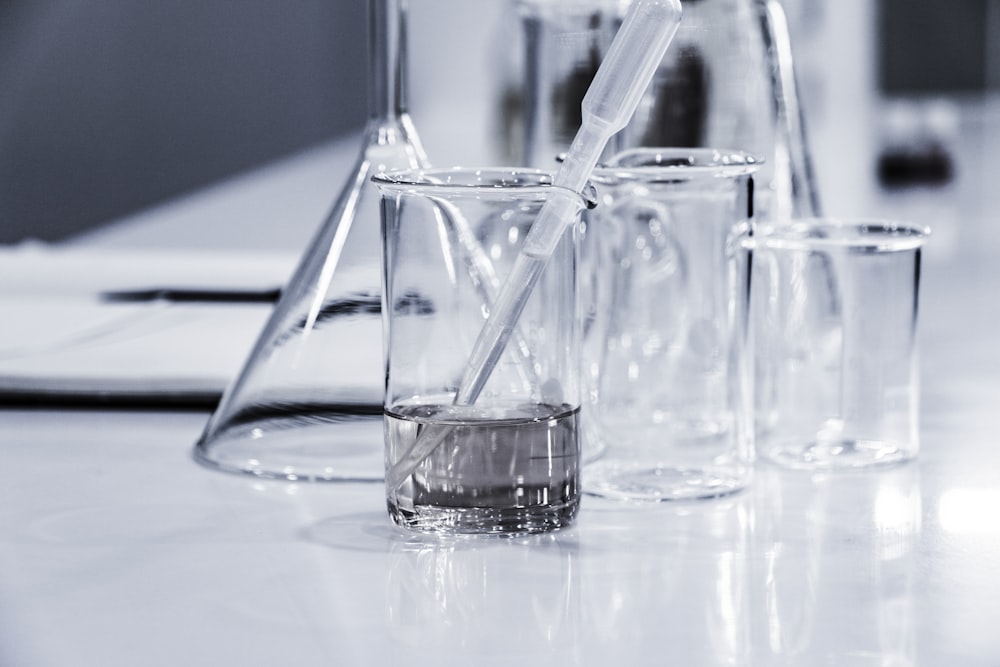The Silent Choreography of Life
How Biology Inspires the Quantum Frontier
Article Navigation
Where Nature Meets the Quantum Realm
In the hidden machinery of life, biological systems perform breathtaking feats of precision: enzymes distinguish between near-identical molecules, photosynthetic complexes harness sunlight with near-perfect efficiency, and DNA replicates with astonishing fidelity. These processes operate at scales where quantum physics reigns—a realm atomic, molecular, and optical (AMO) physicists once thought inaccessible.
Today, a revolutionary shift is underway: researchers are harnessing design principles from biology to crack quantum mysteries, from the dance of atoms in molecules to ultra-sensitive quantum sensors. This fusion—biology-inspired AMO physics—is rewriting textbooks and unveiling nature's deepest secrets 8 4 .

The Quantum-Biology Connection
Exploring how nature's designs inform cutting-edge quantum technologies.

Breakthrough Research
Recent discoveries at the intersection of biology and quantum physics.
The Biological Blueprint: Hierarchical Order Meets Quantum Chaos
Molecular Hierarchies & Quantum Materials
Biological structures excel at organizing matter across scales—from atomic bonds to cellular architectures. AMO physicists now mimic this approach:
- Quantum Liquid Crystals: At Rutgers, researchers sandwiched a Weyl semimetal and magnetic spin ice, creating a new state of matter where electrons flow in synchronized, directionally biased patterns. This "quantum liquid crystal" mirrors biological self-assembly but operates under extreme magnetic fields, enabling ultra-sensitive quantum sensors for neurology or cosmology 2 .
- DNA Origami Nanostructures: Columbia and Brookhaven scientists used DNA's self-assembly properties to construct 3D "nano-skyscrapers." Like proteins folding into functional shapes, these structures create moiré superlattices for quantum computing and photonic devices 1 6 .
| Material/System | Biological Inspiration | Quantum Application |
|---|---|---|
| Quantum liquid crystals | Cell membrane asymmetry | Directional electron flow sensors |
| DNA-engineered superlattices | Protein folding | Topological quantum computing |
| Self-healing concrete | Tissue regeneration | Radiation-resistant electronics |
Chaos and Sensitivity: Learning from Biological Sensors
Biological systems (e.g., bird navigation, olfactory receptors) exploit chaos for sensitivity. Optomechanical systems now replicate this:
Synthetic Magnetism
By coupling mechanical resonators with phase-dependent phonon hopping, physicists induce controlled chaos. This creates "exceptional points"—degeneracies where sensors detect forces 1,000× smaller than conventional limits, akin to a butterfly sensing a hurricane continents away 3 6 .
Bistable Switching
Quantum dot molecules embedded in optomechanical cavities exhibit optical bistability. Like a synapse firing, tunneling electrons flip the system between stable states, enabling optical computing with minimal energy .
The Quantum Sensor Revolution: Nature's Precision, Amplified
Zero-Point Motion: The Eternal Atomic Dance
At absolute zero, atoms never rest—they vibrate with "zero-point energy." For decades, this motion was theoretical. Using the European XFEL X-ray laser, researchers captured it in iodopyridine (C₅H₄IN), a molecule with 11 atoms:
- Coulomb Explosion Imaging: Ultrashort X-ray pulses strip electrons, causing the molecule to explode. Fragment trajectories map atomic positions mid-vibration, revealing 27 correlated vibrational modes—a "quantum choreography" 4 .
- Significance: This proves atoms in complex molecules move in synchronized patterns, reshaping drug design and quantum chemistry.

Advanced quantum sensors inspired by biological systems
| Sensor Type | Biological Model | Enhancement Factor | Application |
|---|---|---|---|
| Optomechanical chaos sensor | Neural chaos signaling | 1,000× | Gravitational wave detection |
| Synthetic gauge field device | Insect magnetoreception | 500× | MRI resolution |
| Zero-point motion imager | Protein conformational dynamics | N/A | Drug binding efficiency |
Featured Experiment: Visualizing the Invisible Dance
Direct Imaging of Quantum Zero-Point Motion in Iodopyridine 4
Objective
Capture correlated atomic vibrations in a molecule at quantum ground state.
Methodology
- Sample Preparation: Iodopyridine gas injected into vacuum chamber.
- Ultrafast X-Ray Pulse: European XFEL delivers 10-femtosecond pulses (10⁻¹⁵ s), ionizing molecules.
- Coulomb Explosion: Sudden electron removal creates positively charged repulsive fragments.
- Fragment Detection: COLTRIMS reaction microscope records fragment trajectories.
- Reconstruction: Atomic positions reassembled from explosion patterns.
Results
- Vibrational Modes Mapped: All 27 vibrational modes visualized, showing atoms move in coupled patterns (e.g., "breathing," "twisting").
- Quantum Validation: Vibrational amplitudes matched Heisenberg uncertainty predictions, confirming zero-point motion.

Visualization of molecular vibrations captured in the experiment
| Mode Name | Frequency (cm⁻¹) | Atomic Motion Description |
|---|---|---|
| Ring "breathing" | 992 | Uniform expansion/contraction |
| Iodine "wag" | 305 | Iodine perpendicular swing |
| Carbon "twist" | 450 | Alternating carbon bond rotation |
Analysis
This experiment proves vibrational modes are collective quantum phenomena—not random noise. Understanding this "choreography" could optimize molecular machines for quantum computing.
The Scientist's Toolkit: Essential Reagents in Biology-Inspired AMO Physics
| Reagent/Device | Function | Biological Analogy |
|---|---|---|
| Synthetic gauge fields | Induce nonreciprocal phonon hopping | Ion channel directional gating |
| Quantum dot molecules (QDMs) | Tunnel-controlled bistable switches | Neural synaptic plasticity |
| Coulomb Explosion Imaging | Snapshots of molecular structure | Cryo-EM protein visualization |
| Optomechanical resonators | Chaos-enhanced force sensors | Hair cell auditory transduction |
| DNA nanostructures | Programmable quantum scaffolds | Ribosomal RNA assembly |
DNA Nanotechnology
Programmable structures for quantum computing
Quantum Dots
Bistable switches inspired by neural synapses
Imaging Techniques
Advanced visualization of quantum phenomena
The New Symbiosis
Biology-inspired AMO physics is more than a niche—it's a paradigm shift. By treating molecules as dynamic ensembles (not static structures), and sensors as chaotic systems (not linear devices), we unlock:
Disease Diagnostics
Quantum sensors detecting single cancer biomarkers 4 .
Materials Revolution
Self-healing quantum materials for fusion reactors 1 .
Computing Leap
DNA-assembled qubits operating at room temperature 6 .
As Till Jahnke (Goethe University) states, "We're making short films of molecular processes once deemed unseeable" 4 . In this convergence, life's ancient designs illuminate quantum frontiers—and the dance of atoms becomes a language we finally comprehend.